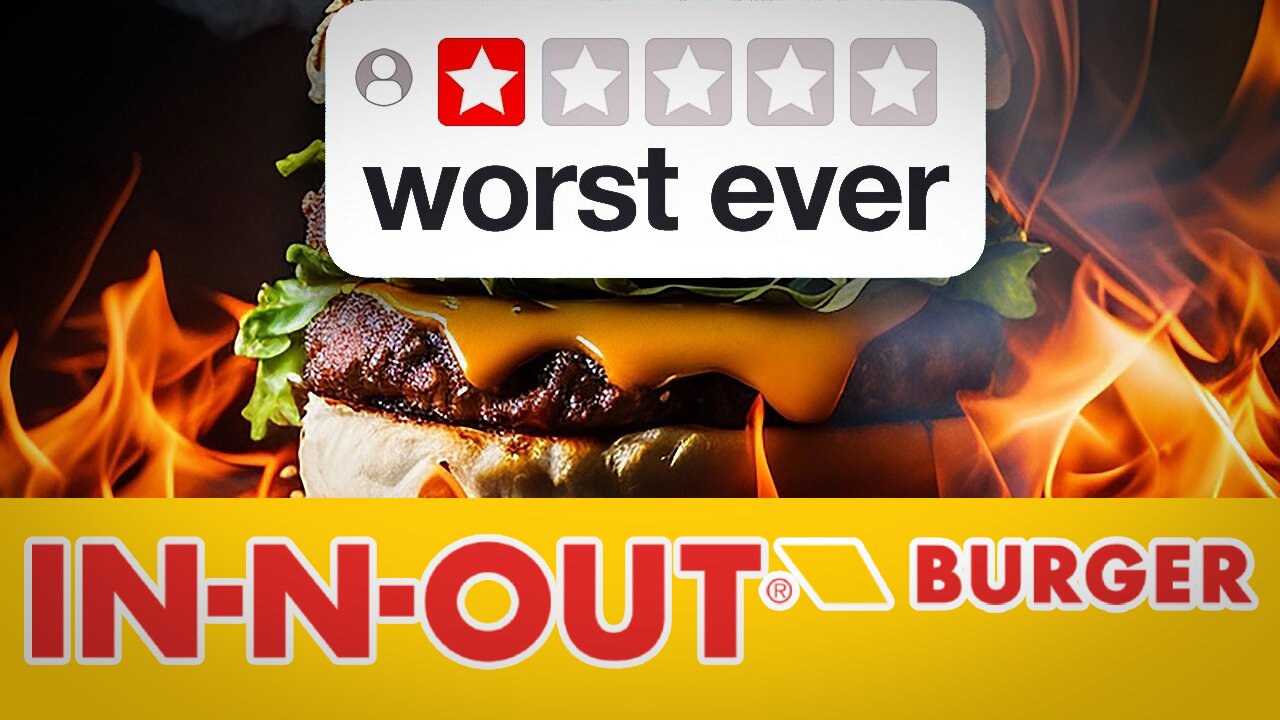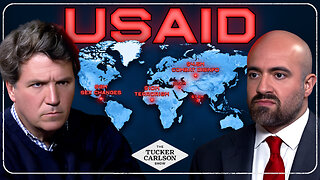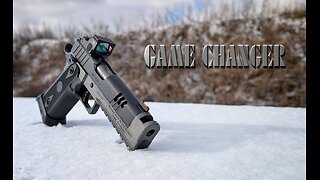Premium Only Content

The In-N-Out Disaster: Overhyped and Overrated
Why is In-N-Out Burger So BAD despite all the buzz and hype? In-N-Out was once celebrated as the epitome of fast-food excellence, a symbol of quality and consistency. Its name became synonymous with delicious burgers and fresh ingredients. For decades, it stood as a benchmark for fast-food perfection. However, in recent years, the chain has faced growing waves of negative reviews. Disappointed customers have taken to online forums, expressing frustration over what they describe as a noticeable decline in quality.
Initially, these complaints were attributed to challenges unique to California, the state where In-N-Out operates the majority of its locations. However, the discontent quickly spread to other states, highlighting that this was not a localized issue. Reports of inconsistent food quality, overcooked burgers, tasteless toppings, and subpar fries became more frequent. The once-revered chain now seemed to falter under the weight of its stellar reputation, raising pressing questions: How did a brand known for its unwavering quality lose its edge?
To understand this decline, it is essential to examine the company’s history. In-N-Out’s origins are deeply tied to the post-World War II boom in car culture. Its first location, established in 1948 in Baldwin Park, California, capitalized on the growing network of highways and suburban expansion. Customers were initially drawn to the convenience of its drive-thru concept, but it was the consistent quality of its food that kept them coming back.
The company’s commitment to freshness set it apart from competitors. Microwaves, freezers, and heat lamps were banned from its kitchens, ensuring everything was prepared fresh. In-N-Out even butchered its own meat, emphasizing control over quality. This philosophy earned the chain widespread acclaim and a passionate following. By the mid-1970s, In-N-Out had expanded to eighteen locations, all in California, with its core menu largely unchanged. Its simplicity and adherence to quality turned it into a cultural phenomenon, endorsed by celebrities like Gordon Ramsay and Thomas Keller. It became a mainstay at high-profile events, and its iconic status was further cemented when Paris Hilton made headlines for craving an In-N-Out burger in 2006.
However, recent years have brought significant challenges. The company’s rapid expansion outside California, particularly in the late 2010s, marked a pivotal shift. New locations opened in Texas, Colorado, and Oregon, leading to logistical complexities and challenges in maintaining quality across a growing footprint. The increased demand strained supply chains, and inconsistencies in food preparation became apparent to customers.
Additionally, California’s rising crime rates had a direct impact on the business. By the late 2010s, theft, car break-ins, and even armed robberies became common near some In-N-Out locations, particularly in urban areas. One notable closure occurred near Oakland International Airport, where escalating safety concerns forced the chain to shut its doors permanently. Employees were offered transfers or severance packages—a first in the chain’s history.
Economic pressures also took their toll. California’s minimum wage increases—from sixteen to twenty dollars per hour—compounded operational costs. In response, In-N-Out raised menu prices, alienating working-class customers who found the meals increasingly unaffordable. These financial pressures led to cost-cutting measures that some analysts believe directly contributed to the decline in food quality.
Despite these setbacks, In-N-Out remains resilient. The company has taken deliberate steps to address customer concerns and reassert its commitment to quality. Measures include reinforcing strict preparation protocols, delivering fresh ingredients daily, and ensuring that fries are cut in-store. By doubling down on its founding principles, the chain aims to win back its loyal customer base.
In-N-Out’s strategic simplicity continues to serve as its strongest asset. The limited menu keeps ingredient costs low, while its practice of owning most locations reduces expenses like rent. Many of these properties were acquired decades ago and have appreciated significantly in value. Furthermore, situating locations near highways and away from expensive urban centers helps lower delivery and operational costs.
The company’s ability to adapt to changing circumstances underscores its potential for a strong recovery. In-N-Out’s legacy as a fast-food icon is built on quality, consistency, and simplicity—values that remain at the core of its operations. By staying true to these principles, the chain is well-positioned to overcome its current challenges and regain its status as a leader in the fast-food industry.
-
 2:37:42
2:37:42
FreshandFit
15 hours agoGreg Doucette Guessed Their Body Fat Percentages And THIS Happened...
122K114 -
 5:08:30
5:08:30
Akademiks
15 hours agoKendrick Lamar SPEAKS for first time SINCE BEEF in new Interview. Drake preppin new album. YE WYLING
166K28 -
 2:12:17
2:12:17
Tucker Carlson
15 hours agoMike Benz Takes Us Down the USAID Rabbit Hole (It’s Worse Than You Think)
297K1.03K -
 1:47:17
1:47:17
Roseanne Barr
19 hours ago $40.98 earnedThe Most Offensive Comic, Leonarda Jonie | The Roseanne Barr Podcast #86
195K236 -
 51:45
51:45
Talk Nerdy 2 Us
18 hours ago🔥 Talk Nerdy 2 Us – Feb 7th: HACKED, TRACKED & UNDER ATTACK! 🔥
137K8 -
 18:47
18:47
Degenerate Plays
22 hours ago $0.17 earnedThey're In Paris And At Freddy's? - Five Nights At Freddy's 4 : Finale
7.59K1 -
 1:02:09
1:02:09
Trumpet Daily
1 day ago $3.90 earnedThe ‘Dictator’ Who Downsizes Government - Trumpet Daily | Feb. 7, 2025
9.19K32 -
 15:08
15:08
Chris From The 740
17 hours ago $0.27 earnedCan't Afford a Staccato XC? The Match X is the Budget Alternative!
4.29K2 -
 4:51
4:51
BIG NEM
17 hours agoWest African Culture & Traditions EXPLAINED! 🇳🇬🇬🇭 (Nigeria & Ghana)
3.31K2 -
 8:54
8:54
The Lou Holtz Show
3 hours agoCoach Lou Holtz Predicts Super Bowl Winner! Chiefs or Eagles? #SuperBowlLIX #nfl
2.85K4